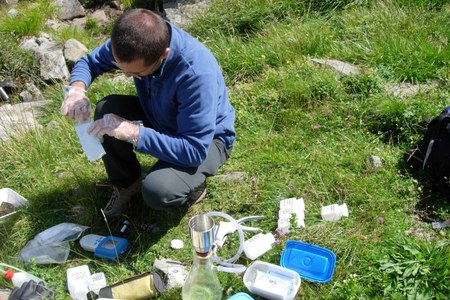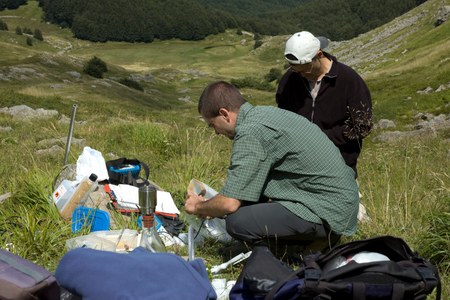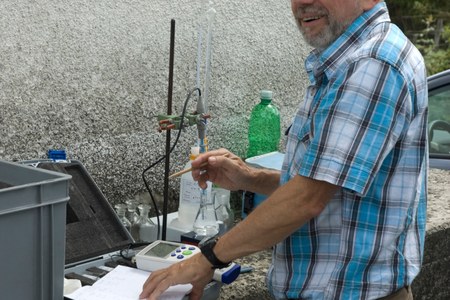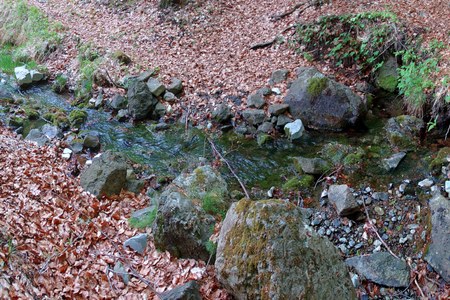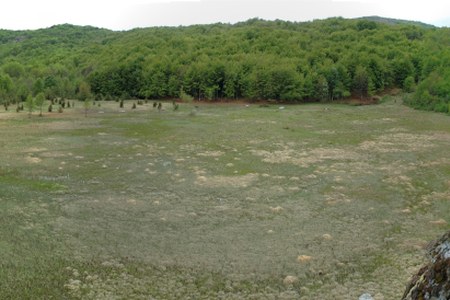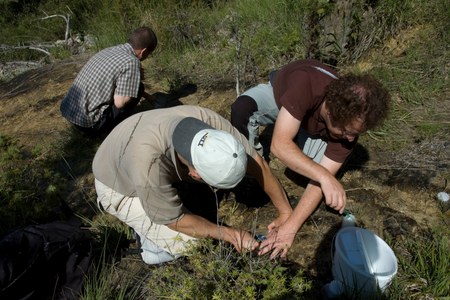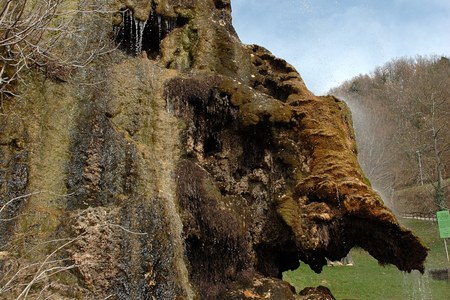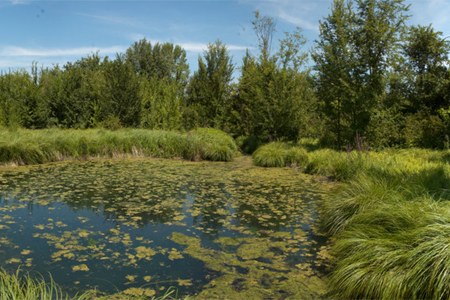Geological and hydrochemical prerequisites of unexpectedly high biodiversity in spring ecosystems
This study explores the factors affecting the biodiversity of diatoms, vegetation with focus on bryophytes, invertebrates and water mites, in a series of 16 spring-habitats (Figure 1 and 2).


ecomorphological types and subcategories.
The springs are located primarily from the mountainous part of the Emilia-Romagna Region (Northern Apennines, Italy), and two pool-springs from agricultural and industrial lowland locations. Overall, data indicate that biological diversity (Shannon-Wiener, α-diversity) within individual springs was relatively low, e.g.: Sdiatoms = 0-46, Swater-mites = 0-11. However, when examined at the regional scale, they hosted a very high total number of taxa (γ-diversity; Sdiatoms = 285, Swater-mites = 40), including several new or putatively-new species, and many Red-List taxa. This pattern suggested there is high species turnover among springs, as well as high distinctiveness of individual spring systems. A key goal was to assess the hydrogeological and hydrochemical conditions associated with this high regional-pool species richness, and to provide a guide to future conservation strategies. There was a striking variety of geological conditions (geodiversity, captured mainly with lithotype and aquifer structure) across the study region, which led to wide variation in the hydrosphere, especially in conductivity and pH. Agriculture and industrial activities (anthroposphere) in the lowlands resulted in nutrient enrichment and other forms of pollution. Across all 16 spring-systems, several hydrogeological conditions (Figure 3) most strongly influenced the presence or absence of particular biota and were determinants of species importance: spring-head morphology, hydroperiod, discharge, current velocity, and elemental concentration.

These findings have important practical consequences for conservation strategies. Our data show that it is imperative to protect entire regional groups of springs, including representatives of the different ecomorphological spring types, lithologies, and degrees of human influence. These findings suggest that springs, when studied from an ecohydrogeological perspective, are excellent systems in which to further investigate and understand geo-biodiversity relationships.
The main conclusions that can be drawn from our observations are as follows:
- We confirm for spring habitats that the study region (Emilia-Romagna) is highly complex geoscape and an area of high geodiversity. In relation to inland waters, and spring ecosystems in particular, this is mainly apparent in the occurrence of diverse lithotypes and aquifer structures;
- Our data demonstrate that the diversity of rock and aquifer types generates a wide variation inecomorphological types and hydrochemistry;
- Considering two groups of organisms (diatoms, water mites) with contrasting ecological roles within the spring ecosystem, our study for a deeper understanding of spring-habitat biodiversity and uniqueness and of their determinants shows that the multiplicity ofecomorphological and hydrochemical types translates into high landscape-level (γ) biodiversity, with individual sites typically having relatively low diversity (α diversity) but differing markedly from one another (high individuality);
- The main consequence of our findings for spring-ecosystem conservation is that it is imperative to protect representative and proportional groups of springs at the landscape level. We further note that springs, studied from an ecohydrogeological perspective, are ideal systems where to investigate geo-biodiversity relationships.

